So, I recently got a new camera (just in time for the Setouchi Triennale 2019 🙂 ). For the past 6 years or so, I used a bridge camera, but I feel that I really outgrew it for the past year or so (also image quality doesn’t seem as soon, technically cameras are not too subject to planned obsolescence, so I’m not sure what is up with that). So for the first time of my life, I’m using a DSLR.
Today I went to Ogijima, and the weather was very nice, I decided to go test it. Here are some of the results. Looks like there is a small learning curve with this camera for some shots (the pictures from the streets tend to be overexposed), but I’m already in love with the macro function (best flower pictures I have ever taken – sure that’s not something I do a lot, but expect some awesome insect pictures this summer 😉 ).
Enjoy:
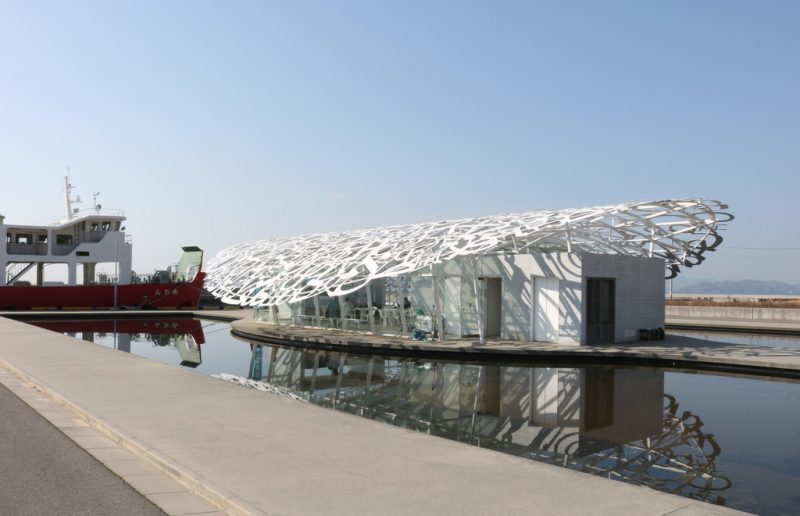
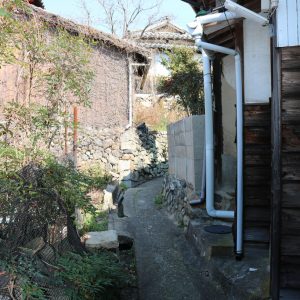
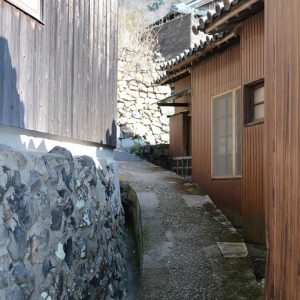
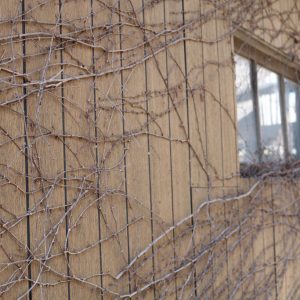
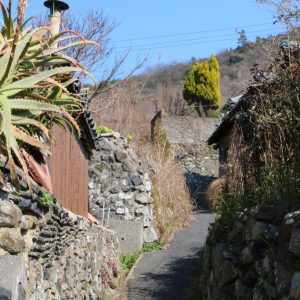
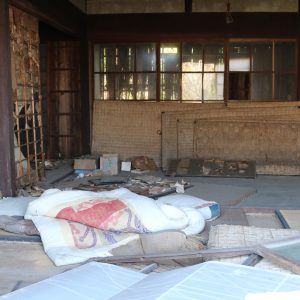
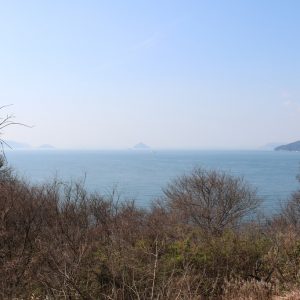
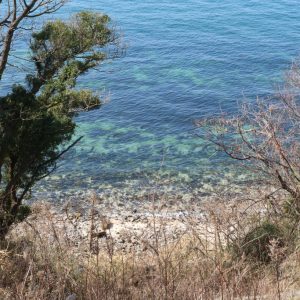
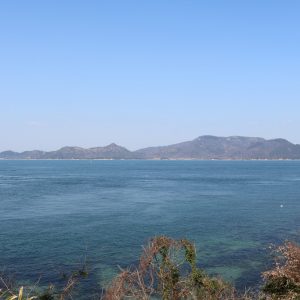
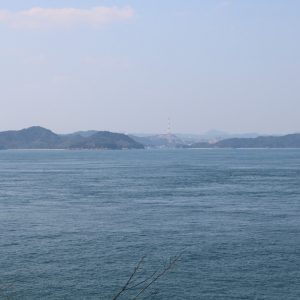
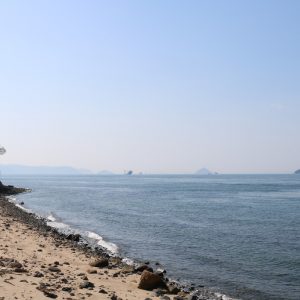
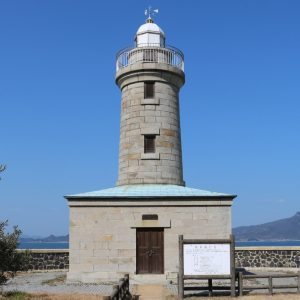
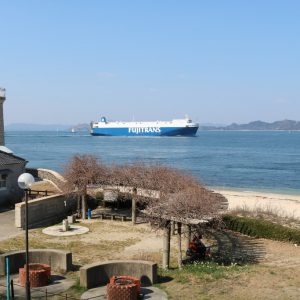
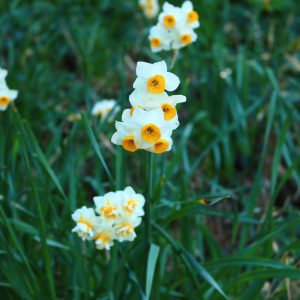
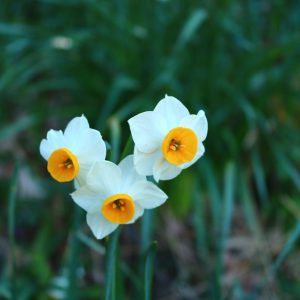
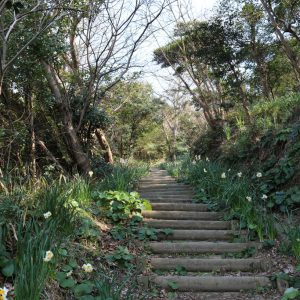
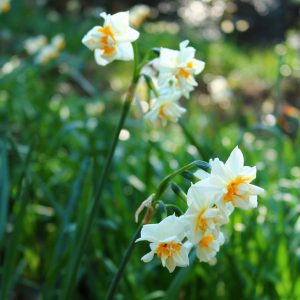
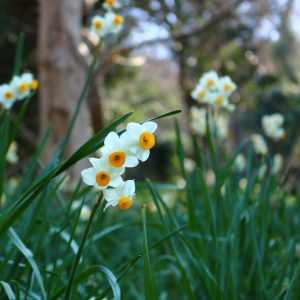
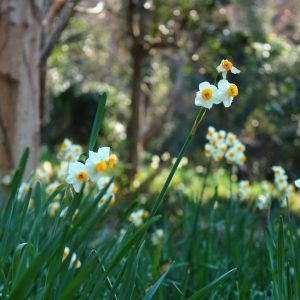
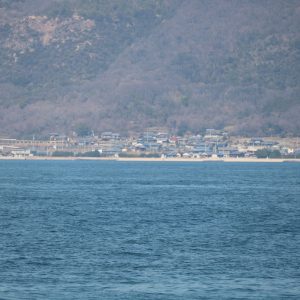
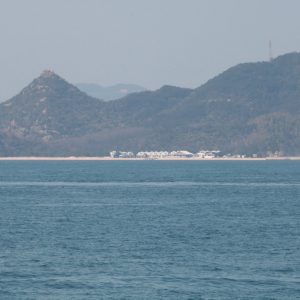
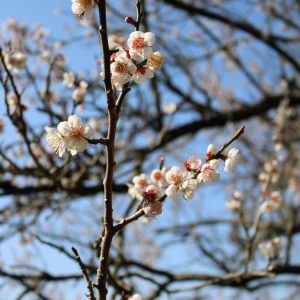

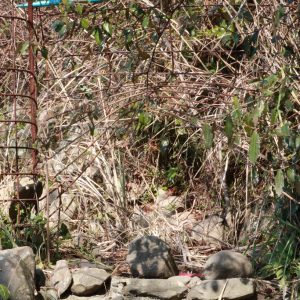
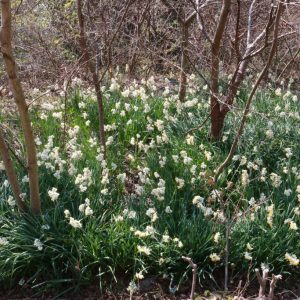
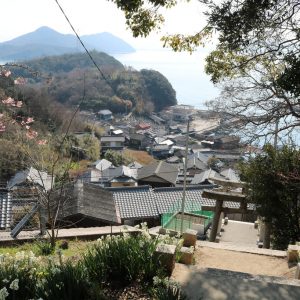

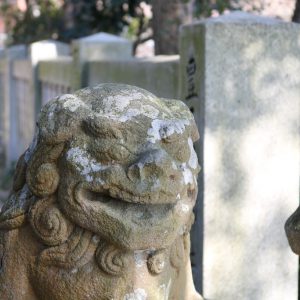
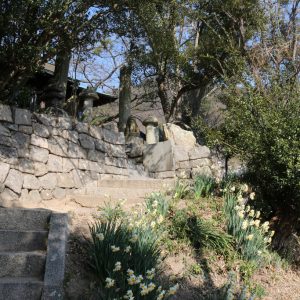
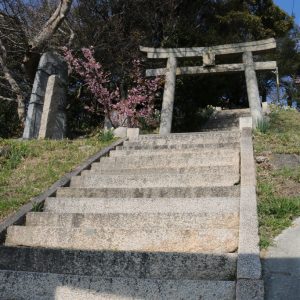
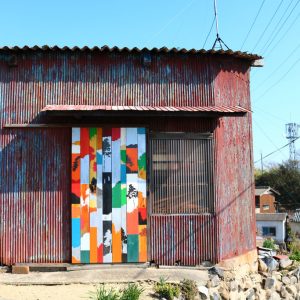
Really nice photos, David, I love the way you show the little byways as well as big beautiful views. They make me feel eager for October when I’ll be visiting for the autumn session again, after 6 years. Sad I’ll miss the flowers (jonquils, we would call them, rather than daffodils, but both members of the narcissus family). I looked at your post about them from 2014 and am curious to know about two other things you mention there: is the primary school still open, and I hope flourishing? Also the wild boars: still a problem, or all turned into soup now?
Thanks Kate.
I just took a bunch of random shots to practice using the camera (I took about 80, not all made the final cut 😉 Well, a lot of them were the same picture taken with different settings), I figured some could be of interest here, and yeah, you’re right, I didn’t plan it this way, but the mix of subjects works.
I’m always confused with the name of these flowers. In French, “jonquilles” are all yellow and “narcisses” are those (white and yellow) and I always assumed that “daffodil” in English was “narcisse” in French. Here, their most common appellation in English is “narcissus” but you can also hear “daffodil” (in Japanese they’re “suisen”), I’ve never heard “jonquil” for them, though. Hmm… I guess from now on I should call them narcissus like the majority of English speakers here (not fixing past posts, I just don’t have the time 🙂 ).
About the school (primary and junior high actually), not only it’s still open and the locals are doing all they can to keep it that way (by making sure there’s a constant influx of new families, so far so good), but a preschool (nursery school? kindergarten? I never know the difference between the three, maybe it’s just different regional variations?) opened. It may currently have more kids than the primary school. And four babies were born on the island during the past year and a half (it hadn’t happened in more than 20 years I believe). I should make an update about Ogijima’s revitalization. I guess I will once I’m finished with all the Triennale preparations content that I have on my to-do list (expect new things on the site coming in March and April).
Wild boars. I have bad news and good news. The bad news is that they’re still around and are not going anywhere. Actually, I was surprised I didn’t see or hear any yesterday (heard two in one day last January), but there was quite a lot of human activity (i.e. visitors) between the village and the lighthouse yesterday. Also, I assume they stay away from the parts of the island that are rich in narcissuses because of their strong fragrance (just a guess from my part). The good news is that my good friend Kaisho Damonte is now the official boar hunter of the island and last month, he got his license to be able to sell the meat (I was lucky to be among the first ones to try his wild boar porchetta at his café). 🙂
That’s so great to hear about the baby boom on Ogijima! So, do you think it’s actually starting to happen, the revitalisation of the islands that was a big part of the reason for Setouchi Triennial?
I looked up ‘jonquille’ as in the French spelling and sure enough, the images shown are exactly the flowers that we call daffodils! You’re safe calling them all narcissus, for sure.
We were in Italy last (northern hemisphere) winter, living in rural Chianti, and you could hear the dogs and the hunters’ rifle shots all around the hills. And we got to eat LOTS of wild boar! Good luck to your hunter friend Kaisho Damonte (interesting mix of names) and good luck to you as you check out his recipes. Can I ask, where is his cafe? Maybe we’ll get to eat there come October.
The revitalization is a thing on Ogijima definitely. The other islands don’t have as much success. I mean, Naoshima has become and Teshima is becoming major tourist attractions, but not the best way to revitalize in my opinion. The locals don’t really benefit much from it, and all the “new economy” on these islands revolves around tourism. On Teshima I think that some locals are trying to other things – as far as I can tell, but I don’t really know anyone on the island. Naoshima seems to be a lost cause… The island being famous has not really changed the locals life (most of them still work at the factory) except for the fact that now the island is full of people roaming around.
On the other islands, the impact is harder to see. I’ll try to detail all of that one of these days.
Hunting is not done with guns in Japan (as guns are mostly illegal and hard to find anyway… and dangerous). On Ogi, Damonte kills the boars with some sort of “electrical pike” once they’re caught in a trap. We talked about doing some sort of blog post / documentary about it, but I’m still a bit hesitant. By the way, he has an interesting name because he’s Japanese but his dad is American of Italian origins.
The café is on Ogijima and you must go. It’s called Damonte n’ Co, and I will also introduce it shortly. 🙂
Thanks for your reply David, I do find all of this very interesting, the reality of the effects of Setouchi and of the permanent art museums too on the folks who actually live on the islands. Also interesting about the guns: gun ownership is low in Australia too, especially handguns (though police do have handguns) and those military-style weapons so popular in the US are banned. Most farmers would have a hunting-type rifle, though. I certainly look forward to eating at Damonte’n’Co when we visit.